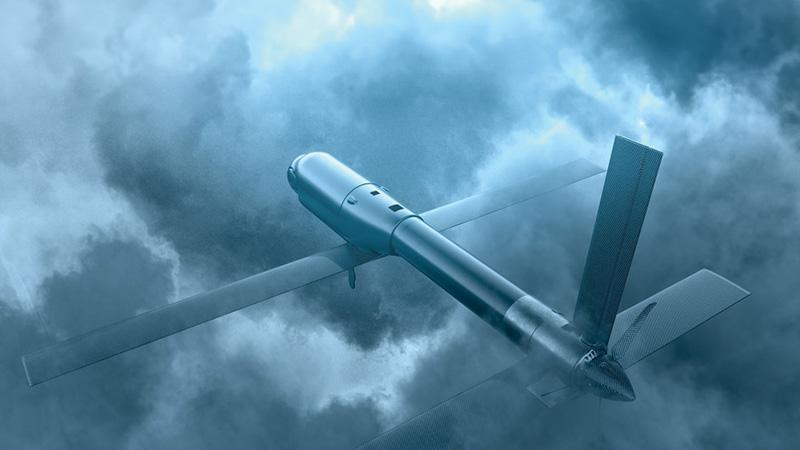Commentary: The U.S. Needs World War II Production Strategy For Drones

The AeroVironment Switchblade 600 carries an anti-armor warhead that could be used against landing craft.
Credit: AeroVironment
Ukrainian forces in their fight against Russia burned through 10,000 drones per month in 2023, casualties of communications jamming, gunfire and crashes, according to an estimate by think tank Royal United Services Institute. Most of those uncrewed air vehicles and their components came from China...
Commentary: The U.S. Needs World War II Production Strategy For Drones is available to both Aviation Week & Space Technology and AWIN subscribers.
Subscribe now to read this content, plus receive critical analysis into emerging trends, technological advancements, operational best practices and continuous updates to policy, requirements and budgets.
Already a subscriber to AW&ST or AWIN? Log in with your existing email and password.





